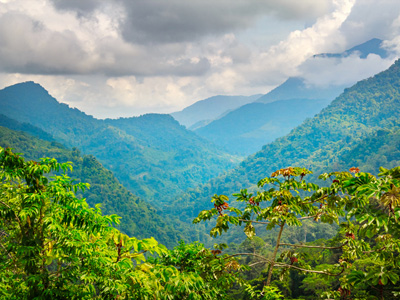
Ecosystems
Knowing how human activity impacts the planet is one of the key aims of the GCSE geography course. From this, you can develop an understanding of how the world needs to be managed in order to make sure that future generations will not suffer hardship as a result of our actions today. In order to fully understand the relationship between the natural world and humans, you need to know how ecosystems work. Global ecosystems support life on the Earth, the wellbeing of humans is closely linked to the wellbeing of global ecosystems.
Firstly, you need to be aware of what an ecosystem is. It is defined as the interdependence of plants, animals, climate, water and soil in a given location. Plants and animals are called the biotic factors whilst the climate, soil and water supply are abiotic factors.
Ready for more?
not all...
quizzers. Try to win a coveted spot on our Hall of Fame Page.







